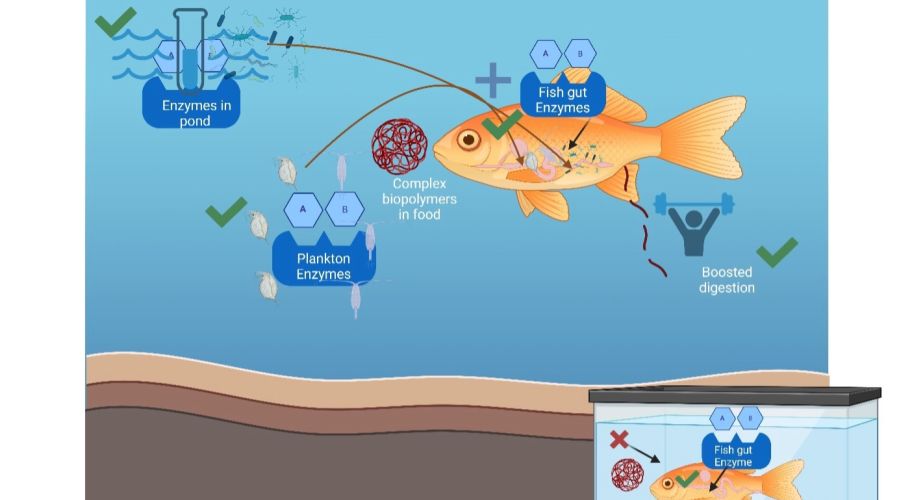Different bioaccumulation of pharmaceuticals in aquatic invertebrates

Residues of pharmaceuticals and their metabolites can be found in surface waters, where they can adversely affect aquatic organisms and the ecosystem. As part of the project financed by the Czech Science Foundation, in cooperation with our University's Faculty of Science, we conducted a mesocosm experiment focused on the effects of one-time pharmaceutical pollution on various species of aquatic invertebrates. In addition, we simulated the effects of global warming, which is another critical environmental stressor.
The experiment was conducted in four groups: an exposed group (organisms exposed to a mixture of 15 pharmaceuticals commonly found in surface waters), a control group (without pharmaceuticals), and variants of the previous two with a temperature of 4 °C higher. The design of the experiment simulated a pulse contamination of the habitat in the cold season (September to March) and then in the summer (June to August). During the experiment, we monitored the concentrations of added pharmaceuticals and their metabolites in water. At the end of the experiment, we analyzed the concentration of these compounds in individual invertebrate species, as well as other mesocosm components, by liquid chromatography with mass spectrometric detection.
A few pharmaceuticals, e.g., atenolol and metoprolol, were converted to transformation products during the experiment, but most were still present in the water even several months after the single application. The pharmaceuticals were also detected in biota. Those with the highest bioaccumulation included the opioid tramadol, the antiepileptic drug carbamazepine, the cardiovascular drug telmisartan, the antidepressants venlafaxine and citalopram, and the antihistamine cetirizine. This bioaccumulation was taxon, season, and temperature dependent. Water louse(Asselus aquaticus) and great ramshorn (Planorbarius corneus) showed bioaccumulation of the highest number of pharmaceuticals and their metabolites and can be used as sentinel bioindicators for environmental studies dealing with climate change and anthropogenic pollution.
Detail information can be found in the original paper Grabicová, K., Duchet, C., Švecová, H., Randák, T., Boukal, D.S. and Grabic, R., 2024. The effect of warming and seasonality on bioaccumulation of selected pharmaceuticals in freshwater invertebrates. Water Research 254: 121360. https://doi.org/10.1016/j.watres.2024.121360
